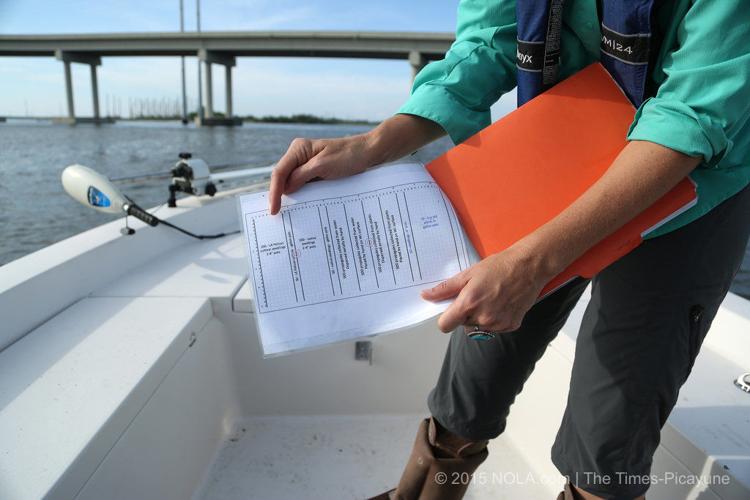Dropping mangrove seedlings from the air onto salt marshes in southeast Louisiana has the potential to reduce wetlands loss more cheaply and effectively than other coastal restoration techniques currently in use, say proponents of the idea.
New Orleans-based Tierra Resources announced Wednesday (August 26) that a three-year pilot project, conducted in partnership with ConocoPhillips, succeeded in planting mangroves via crop-duster airplane at three one-acre sites in Lafourche and Terrebonne parishes.
Planting mangroves by hand has proven successful on a small-scale, but the process is costly and man-intensive, and sites are often too difficult to access by boat, Tierra Resources CEO Sarah Mack said.
"Aerial mangrove seeding allows you to cover much larger areas at a fraction of the cost of hand-planting," Mack said. "This makes it feasible for landowners and small private entities to undertake their own restoration projects."
Mangroves produce a woody, erosion-resistant root system that can help reduce storm surge, protect fish and wildlife habitat, and preserve salt marshes by holding the soil in place. They also sequester relatively high amounts of carbon from the atmosphere, helping to reduce greenhouse gases, she said.
The aerial seeding technique works by scattering fava bean-sized mangrove plants, known as propagules, onto interior marshland where the soil is solid enough to allow roots to take hold. After two to three years, the plants produce their own propagules, seeding surrounding areas.
John Day, an emeritus professor at Louisiana State University who worked with Tierra Resources on the project through the consulting firm Comite Resources, said mangroves have only recently become a viable means of wetlands restoration in Louisiana.
In the past few decades, warmer water caused by climate change has allowed the tropical plant species to migrate northward from Mexico and establish itself along the Gulf Coast, Day said.
"Mangroves are already naturally replacing salt marshes in Southeast Louisiana," he said. "They have the potential to preserve parts of the Mississippi River Delta that would otherwise succumb to sea level rise."
Day added that air-seeding has been used to plant rice and marsh grass, but the Tierra Resources project marks the first use of aerial mangrove planting. ConocoPhillips, which owns 640,000 acres of wetlands in coastal Louisiana, first suggested the use of crop-dusters for the project, he said.
Having proved the concept in its pilot phase, Tierra Resources has now received support from Entergy Corp. to conduct a similar seeding project on a 60-acre site in 2016, an effort to convince potential investors of its low cost and ability to expand. The utility and Tierra Resources have worked together before to develop a methodology for measuring carbon credits in wetlands. The American Carbon Registry approved the method in 2012.
Mack estimates 40,000 acres of wetlands in Lafourche and Terrebonne parishes provide ideal conditions for aerial mangrove seeding. Should the project succeed on the 60-acre site, she said her goal is to seed and establish 30,000 acres in 10 years.
"We assume 25 percent of the 40,000 acres will be lost before we're able to get there," she said, adding that one of her more vulnerable testing sites has already disappeared in the last three years. "But we think 30,000 acres is doable."
At around $3,000 per acre, seeding mangroves from the sky could provide a financially attractive alternative to traditional coastal restoration methods, which range up to $150,000 per acre, Mack said.
It could also help protect areas of southeast Louisiana that play a key role in the nation's economy. A 2014 Greater Lafourche Port Commission study found that closing Port Fourchon for three weeks after a hurricane would result in the loss of $11.2 billion in sales and $3.1 billion in household earnings.
According to Tierra Resources, the salt marshes surrounding Port Fourchon, on the southern tip of Lafourche Parish, are projected to disappear within 14 to 21 years, exposing the port to the hazards of storm surge.







































